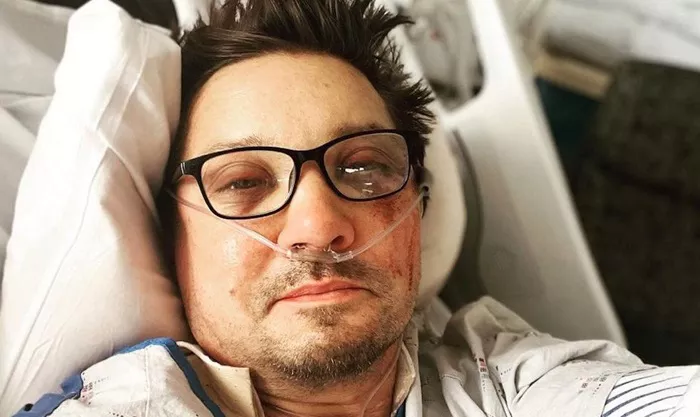Hepatocellular carcinoma (HCC) is one of the most prevalent and deadly malignancies worldwide. Understanding its immune microenvironment is crucial as it holds the key to unlocking new therapeutic strategies.
Pathogenesis within the Immune Microenvironment
The immune microenvironment of HCC is a complex ecosystem. It is initially shaped by chronic liver inflammation, often triggered by factors like hepatitis B or C virus infections, alcohol – induced liver damage, or non – alcoholic fatty liver disease. In this inflamed environment, the liver’s normal cellular and immune landscape is disrupted.
Immune cells such as macrophages, T – cells, and natural killer (NK) cells play pivotal roles. Macrophages, for instance, can be polarized into two main phenotypes: M1 macrophages, which are pro – inflammatory and have anti – tumor properties, and M2 macrophages, which are immunosuppressive and promote tumor growth. In HCC, there is often a skewing towards the M2 phenotype, which helps the tumor evade the immune system.
T – cells also have a complex role. CD8⁺ cytotoxic T – cells are capable of recognizing and killing tumor cells. However, in the HCC immune microenvironment, these cells can become exhausted due to continuous exposure to tumor antigens and inhibitory signals. Regulatory T – cells (Tregs), on the other hand, are increased in HCC. Tregs function to suppress the immune response, protecting the tumor from immune – mediated destruction.
Immunotherapy Targeting the Immune Microenvironment
Based on the understanding of the HCC immune microenvironment, immunotherapy has emerged as a promising treatment approach. Checkpoint inhibitors are a prime example. Programmed death – 1 (PD – 1) and its ligand (PD – L1) are key players in immune evasion. Tumor cells can over – express PD – L1, which binds to PD – 1 on T – cells, dampening their anti – tumor activity. Monoclonal antibodies targeting PD – 1 or PD – L1 can block this interaction, re – activating the immune system’s anti – tumor response.
Another immunotherapy strategy is adoptive cell transfer. This involves extracting immune cells from a patient, modifying them in the laboratory to enhance their anti – tumor capabilities, and then re – infusing them into the patient. For HCC, strategies such as using tumor – infiltrating lymphocytes (TILs) have shown potential in some clinical trials.
In addition, cancer vaccines are being explored. These vaccines aim to stimulate the immune system to recognize and target tumor – specific antigens. By doing so, they can prime the immune system to mount a more effective anti – tumor response within the complex immune microenvironment of HCC.
In conclusion, the immune microenvironment of HCC is a dynamic and complex entity. Understanding its pathogenesis is essential for the development and optimization of immunotherapy strategies, which hold great promise in improving the prognosis of patients with this challenging disease.
Related topics:



































